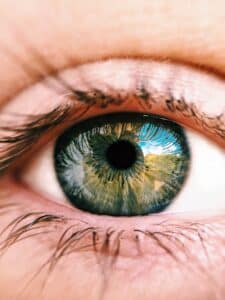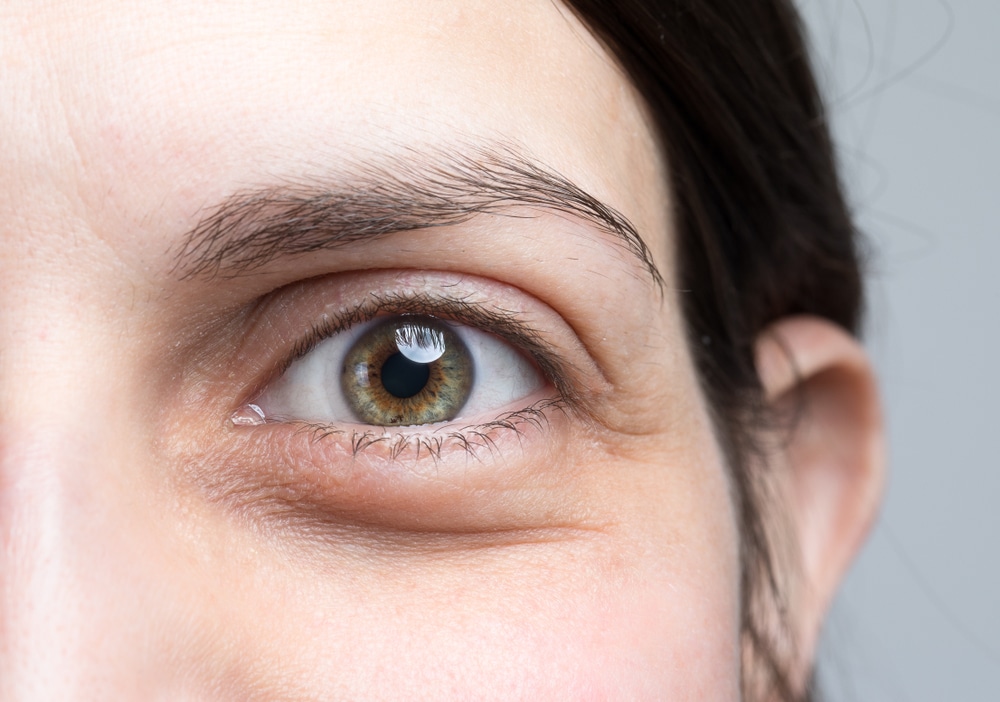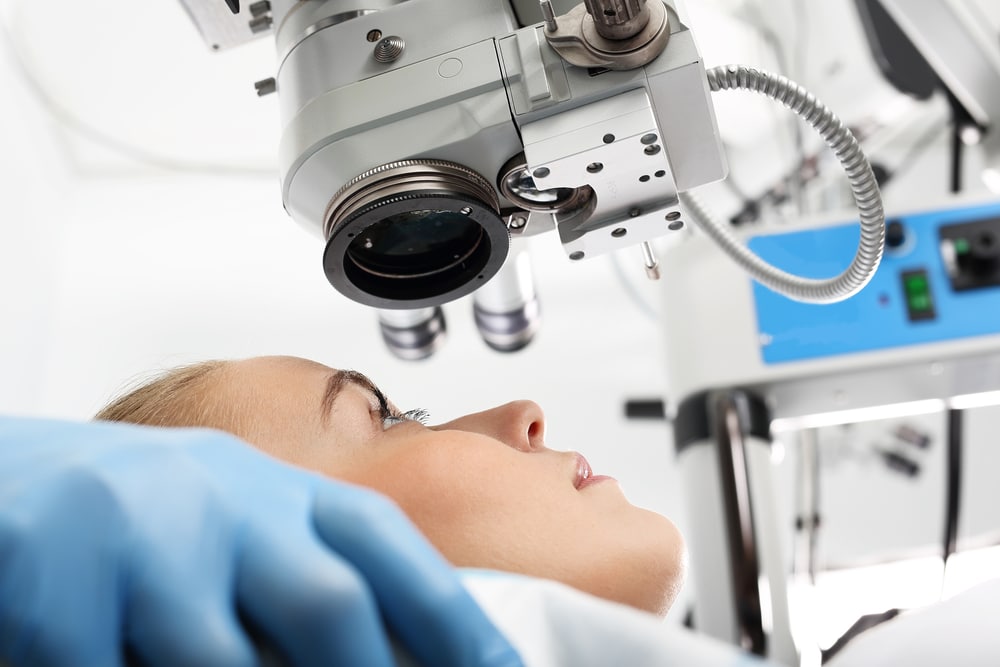
If you’re getting tired of having to wear glasses and contact lenses all the time, or even daily, a vision correction surgery may be the right procedure for you. At Shenandoah Laser & Cataract Center, our doctors approach our patients with care, as they understand the importance of proper vision, and have seen firsthand how corrected vision can enhance your quality of life.
While we have many different types of procedures for correcting vision, one of the most recommended treatments we have to offer is Photorefractive Keratectomy.
What Is Photorefractive Keratectomy, or PRK?
Photorefractive keratectomy (PRK) with an eye doctor is a minimally invasive laser vision correction procedure that uses a topographically guided, highly customized laser to reshape the surface of the eye and help correct common vision conditions such as nearsightedness, farsightedness, and astigmatism. PRK is sometimes referred to as “surface-based” or “topography-guided” ablation.
What Is PRK used for?
PRK is a corrective vision surgery that is used to reduce or eliminate the need for eyeglasses or contact lenses and restore 20/20 vision. It can also be used to improve all degrees of myopia, hyperopia, and astigmatism.
What Is the Difference Between PRK and LASIK?
While LASIK is a great option for eye surgery, PRK can be a great alternative while providing the same long-lasting results. Even though both procedures can correct your vision, PRK is often the better treatment choice for people with certain eye sensitivities, such as extremely dry eyes or thin corneas. Unlike LASIK, PRK uses a bladeless laser to reshape your cornea and correct your vision without making any incisions to your eyes. While recovery from PRK will take a bit longer in comparison to recovering from a LASIK procedure, the gentle, less invasive precision from a PRK procedure may benefit you, especially if you are someone who has a higher degree of myopia or is constantly involved in contact sports.
Is PRK Safe?
Yes, PRK is considered very safe when performed by a qualified eye doctor who has experience in performing this procedure. The laser beam used is only applied to the outer layer of the cornea, which makes it much less invasive than traditional procedures such as LASIK surgery.
How Long Does PRK Take?
The entire procedure typically takes no more than 15 minutes per eye, after which you will be able to return home right away without having any restrictions on activities or lifestyle changes needed post-treatment. This makes it much faster than other types of vision correction procedures like refractive lens exchange (RLE), which can take up to two hours per eye, depending on individual cases.

What Are the Benefits of Having PRK Performed?
Advanced surface ablation offers many benefits over traditional methods of correcting vision problems, such as glasses, contacts, or even LASIK surgery. These include:
- Improved visual acuity within 24 hours of treatment
- Greater accuracy due to advanced laser technology
- Less risk of complications
- Shorter recovery time
- Cost savings due to fewer visits required pre/post-treatment
- Improved quality of life with clear vision at all distances
- No need for corrective lenses after treatment in most cases
- Longer lasting results due to its ability to correct higher order aberrations
- Improved night vision for those who suffer from halos and starbursts around lights at night
Who Is the Ideal Candidate for PRK?
PRK is ideal for patients whose corneas may be too thin to safely perform LASIK or those patients who have certain types of corneal irregularities. The ideal candidate for advanced surface ablation should be 18 years old or older with a stable prescription in their eyeglasses/contacts for at least one year prior to undergoing the procedure and free from any corneal disease or infection as well as any chronic dry eyes or allergies that could affect healing after surgery. You should also have good overall health, including no uncontrolled diabetes or autoimmune disorders that may impact wound healing following corrective surgeries.
PRK is also recommended for certain professions where there is a high risk of eye trauma under adverse field conditions, such as those in the military or law enforcement. Photorefractive Keratectomy treats the surface layer of the cornea only and does not require the creation of a flap. Like LASIK, it is relatively painless and heals quickly but slightly slower than LASIK. After healing takes place, the attained vision in PRK patients is comparable to that of LASIK patients.
What Happens During the PRK Procedure?
An advanced surface ablation treatment begins with numbing drops being placed onto each eye before a computerized mapping system scans both eyes, carefully taking precise measurements across their surfaces. An ultra-short pulse laser beam called an excimer laser is directed onto areas around both eyes’ surfaces according to the map created earlier, helping reshape them.
During the PRK procedure, either a blunt micro-keratome or a chemical solution smoothly removes the surface layer or epithelium from the cornea without cutting it. Next, the VISX CustomVue® STAR IR S4 Excimer Laser is used to reshape the surface of the cornea to reduce or remove the eye’s optical prescription. The epithelium is then replaced with a special type of protective contact lens. The epithelium re-grows in a few days with very little pain. The protective lens is removed after several days.
Will I Have To Wear Glasses or Contacts After Having a PRK Procedure Performed?
In most cases, once you have had a PRK procedure done successfully by our team, you will no longer be required to wear glasses/contacts. The modern technology utilized during actual treatments, combined with our physician’s expertise, ensures the best possible outcome for each patient.
How Long Will Recovery Take?
In general, most PRK patients will experience slight pain and discomfort in the next 48 hours following their procedure. However, the advanced technology of these lasers allows patients to heal quickly, and most can return to their normal activities within three to five days. Some side effects of the PRK procedure are dry eyes, light sensitivity, and difficulty with night vision; however, with the proper care and eye-preparation routine, most patients are able to manage these side effects during their recovery period, enjoying their improved vision shortly after.
What Are The Risks of PRK?
PRK is generally a safe procedure to have, but as with any kind of operation, there are risks you need to be aware of.
The risks of PRK include the following:
- Experiencing pain and discomfort during and after the operation.
- Visual irregularities, such as seeing halos, glares, and trouble adapting to the dark.
- Having a longer recovery period.
- An increased risk of infection.
- Experiencing dry eyes.
- Developing corneal ectasia is a rare side effect where the cornea thins and appears to bulge out of the eye.
Our team will cover these risks in greater detail during your consultation with him. He will also be able to answer any other questions you have regarding the procedure.
Who Are Not Eligible Candidates for PRK?
Similar to other types of procedures, there are certain factors that can disqualify you from being an eligible candidate for PRK.
Below is a list of factors that can disqualify you from getting PRK treatment:
- You are pregnant
- You are currently breastfeeding
- You have dry eye syndrome
- You have a history of eye surgeries
- You have collagen vascular disease
- You have an unstable eye prescription
- You currently have an eye injury
- You currently have an eye infection
- You have an autoimmune disorder
- You have diabetes
- Your corneas are too thin
If you meet any of the following criteria, our team can discuss safer alternatives with you during your consultation.
Is PRK Better Than LASIK?

A commonly asked question regarding PRK is if it is better than LASIK. Both procedures have their advantages and disadvantages. For example, PRK can help people with thin corneas, while LASIK cannot. Alternatively, LASIK allows for faster visual recovery, while PRK takes considerably longer. There is no definitive answer to which procedure is better. It ultimately depends on the problems, the severity, and the patient’s preference.
Can I Have PRK on Both Eyes at Once?
Yes, you can have PRK on both eyes at once. Many people do this because it offers these advantages:
- Quicker overall recovery time: You'll only have to go through the initial recovery period once.
- More convenient: You'll only need to take one day off work and schedule one appointment.
There are also some disadvantages:
- More intense initial recovery: You may experience more discomfort and blurry vision in both eyes at the same time.
- Increased risk of complications: While rare, there's a slightly higher risk of complications when both eyes are treated at once.
Ultimately, the decision of whether to have PRK on both eyes at once or one eye at a time is a personal one. Your physician can help you determine the best course of action.
What Medications Should I Avoid Before PRK?
Always talk to your doctor before changing your medication regimen. As a general guideline, though, avoiding certain medications before PRK is advisable. The list of drugs to stop taking often includes:
- Blood thinners: These can increase bleeding during and after the procedure.
- Non-steroidal anti-inflammatory drugs (NSAIDs): These can interfere with healing.
- Certain antidepressants and antihistamines: These can cause dry eyes, which can slow healing.
Can I Wear Makeup After PRK?
It's generally recommended to avoid wearing makeup, especially eye makeup, for at least a week after PRK.
Makeup can introduce bacteria into your eyes, which could lead to infection. Makeup particles can also irritate your eyes, which are already sensitive during the healing process.
If you do choose to wear makeup, be extremely gentle when applying and removing it. Avoid using products near your eyes, and wash your hands thoroughly before touching your face.
Can I Swim or Shower After PRK?
No, you should avoid swimming and direct water exposure to your eyes for several weeks after PRK.
You can shower the day after surgery. However, be cautious. Keep your eyes closed and avoid getting water directly on them.
Swimming pools, hot tubs, and other bodies of water may contain bacteria and other infectious microorganisms. It's best to wait until your eyes have fully healed before immersing them in water.
Are There Any Financing Options Available for PRK?
Shenandoah LASIK & Cataract Center offers financing for PRK through CareCredit. With CareCredit, you can choose a plan that fits your budget with manageable monthly payments. Apply online or talk to one of our team members to see if you're pre-approved.
Why Choose Shenandoah LASIK & Cataract Center?
Shenandoah LASIK & Cataract Center is committed to providing exceptional eye care services to the Winchester, VA, community. We use the latest tools and techniques to deliver precise and effective treatments.
Our experienced eye care specialists are dedicated to ensuring patient satisfaction and optimal visual outcomes. From standard exams to complex surgical procedures, we offer various services to meet your individual needs.
Schedule a Consultation Today
Photorefractive Keratectomy (PRK) offers a promising solution for individuals in the Winchester, VA, area seeking to improve their vision.
If you're considering PRK or have questions about vision correction, consult our experienced eye care professionals. Call us at 540-722-6200 or send us a message.


